A study suggests primordial black holes may make planets and moons near us wobble. If measured experimentally, this will provide the first concrete proof such objects exist.


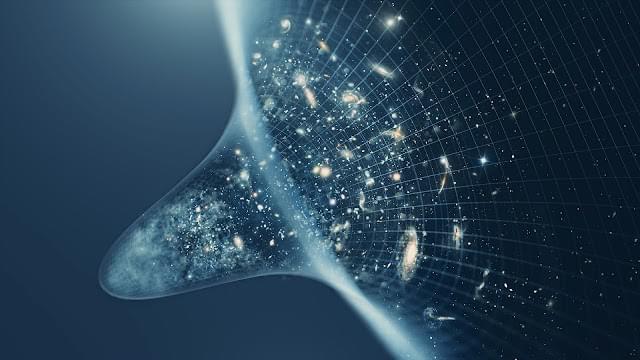
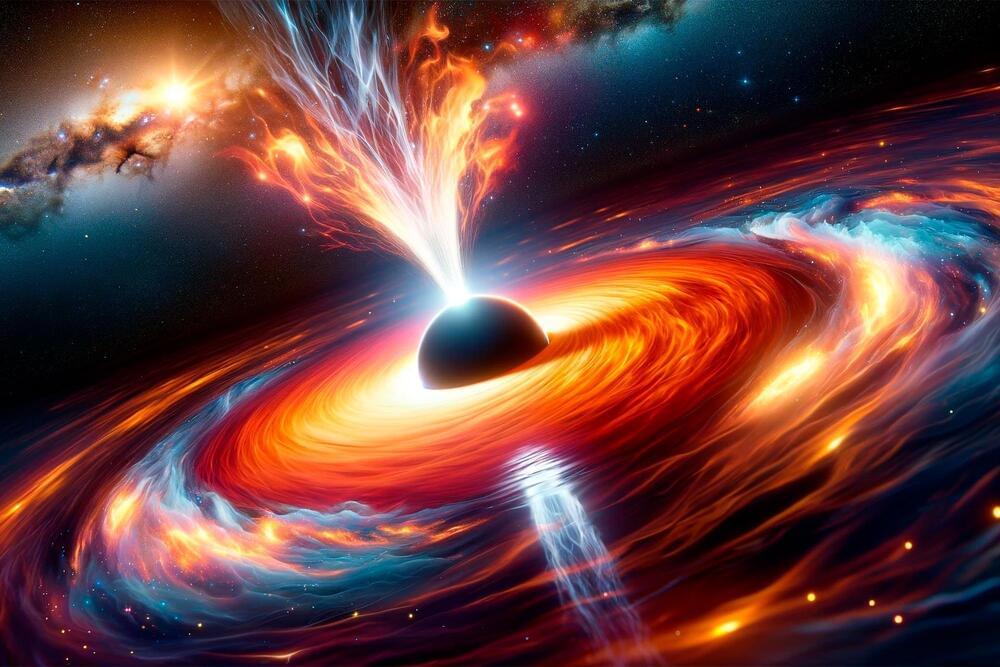
New discoveries in Tidal Disruption Events enhance our understanding of supermassive black holes and their properties.
A new study by Hebrew University is a significant breakthrough in understanding Tidal Disruption Events (TDEs) involving supermassive black holes. The new simulations, for the first time ever, accurately replicate the entire sequence of a TDE from stellar disruption to the peak luminosity of the resulting flare. This study has unveiled a previously unknown type of shockwave within TDEs, settling a longstanding debate about the energy source of the brightest phases in these events. It confirms that shock dissipation powers the brightest weeks of a TDE flare, opening doors for future studies to utilize TDE observations as a means to measure essential properties of black holes and potentially test Einstein’s predictions in extreme gravitational environments.
The mysteries of supermassive black holes have long captivated astronomers, offering a glimpse into the deepest corners of our universe. Now, a new study led by Dr. Elad Steinberg and Dr. Nicholas C. Stone at the Racah Institute of Physics, The Hebrew University, sheds new light on these enigmatic cosmic entities.
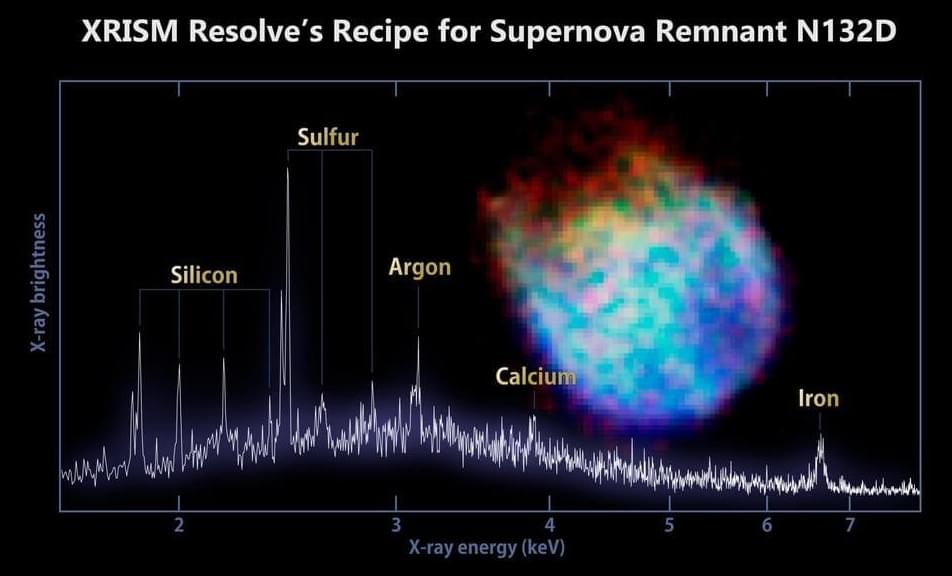
XRISM’s first high-resolution spectrum of supernova remnant N132D offers unprecedented insights into the chemical and physical properties of the aftermath of a star’s explosion, enhancing our understanding of the universe’s elemental composition.
This image is the first high-resolution energy spectrum from the Resolve instrument on JAXA’s XRISM mission. It shows the energy of X-rays being produced within the remains of a massive star exploding in the nearby Large Magellanic Cloud, creating a ‘supernova remnant’ known as N132D. Spectra such as this one will enable scientists to measure the temperature and motion of X-ray emitting gas with unprecedented sensitivity and accuracy.
The spectrum indicates which chemical elements exist in N132D. XRISM can identify each element by measuring the specific energy of X-ray light that it emits (the label ‘keV’ on the x axis of the graph refers to kiloelectronvolts, a unit of energy). The ‘energy resolution’ of XRISM (its capability to distinguish X-ray light arriving with different amounts of energy) is incredible. The faint grey line shows the same spectrum from the XIS instrument on JAXA ’s Suzaku X-ray telescope (source). The energy resolution from XRISM is more than 40 times better over the energy range shown in this spectrum.
Computer simulations show how mysterious intermediate-mass black holes could form inside stellar clusters.
An international consortium of astronomers, including staff from the Max Planck Institute for Astronomy, has successfully unraveled the intricate formation mechanisms of the elusive intermediate-mass black holes. They could represent the link between their smaller relatives, the stellar black holes, and the supermassive giants that populate the centers of galaxies. This achievement derives from the DRAGON-II simulation project led by the Gran Sasso Science Institute. The scientists involved in this study computed the complex interactions of stars, stellar black holes, and physical processes inside dense stellar clusters, demonstrating that black holes of up to a few hundred solar masses can emerge in those environments.
The Cradle of Black Holes.
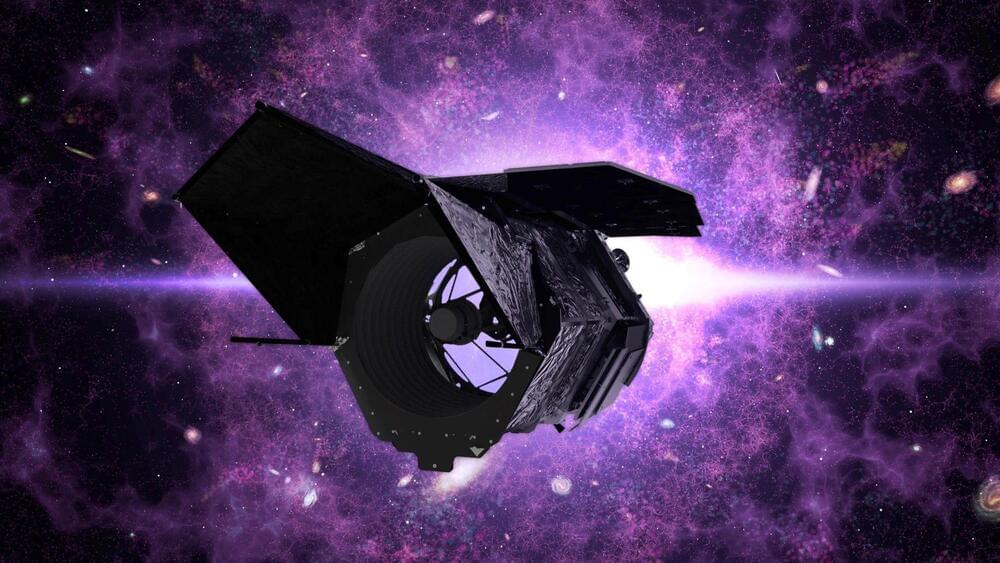
As the Roman Space Telescope prepares for launch, it joins a cadre of upcoming missions, including the European Space Agency’s Euclid mission and the Vera C. Rubin Observatory. Together, these endeavors are poised to reshape our understanding of dark matter, providing valuable data to refine simulations and deepen our comprehension of the universe’s large-scale structure.
In conclusion, NASA’s Roman Space Telescope stands on the precipice of a groundbreaking exploration into the gaps between stars, promising to unveil new dimensions of the cosmos and potentially solve the longstanding mystery of dark matter, NASA release claims.
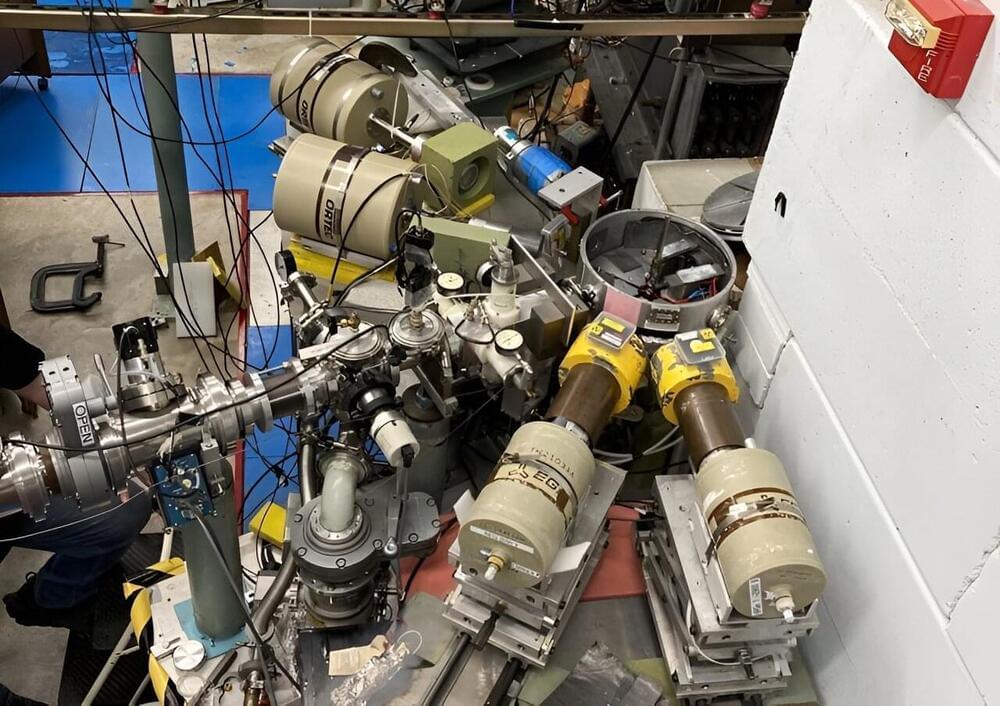
Large, low-background detectors using xenon as a target medium are widely used in fundamental physics, particularly in experiments searching for dark matter or studying rare decays of atomic nuclei. In these detectors, the weak interaction of a neutral particle—such as a neutrino—with a xenon-136 nucleus can transform it into a cesium-136 nucleus in a high-energy excited state.
The gamma rays emitted as the cesium-136 relaxes from this excited state could allow scientists to separate rare signals from background radioactivity. This can enable new measurements of solar neutrinos and more powerful searches for certain models of dark matter. However, searching for these events has been difficult due to a lack of reliable nuclear data for cesium-136. Researchers need to know the properties of cesium-136’s excited states, which have never been measured for this isotope.
This research, appearing in Physical Review Letters, provides direct determination of the relevant data by measuring gamma-ray emission from cesium-136 produced in nuclear reactions at a particle accelerator. Importantly, this research reveals the existence of so-called “isomeric states”—excited states that exist for approximately 100ns before relaxing to the ground state.
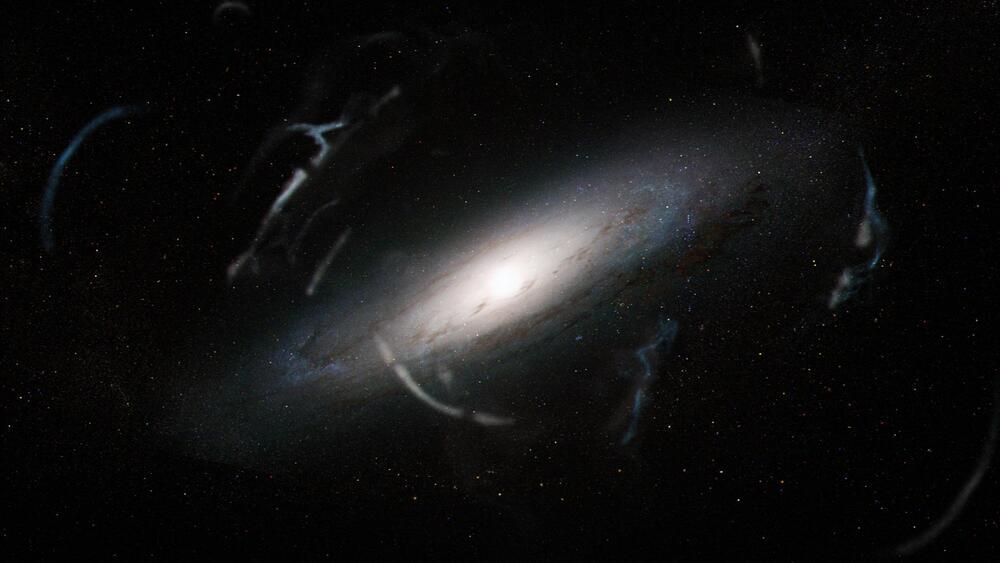
Some of the finest, smallest details in the universe – the gaps between elongated groups of stars – may soon help astronomers reveal dark matter in greater detail than ever before. After NASA’s Nancy Grace Roman Space Telescope launches, by May 2027, researchers will use its images to explore what exists between looping tendrils of stars that are pulled from globular clusters. Specifically, they will focus on the tidal streams from globular clusters that orbit our neighboring Andromeda galaxy. Their aim is to pinpoint a greater number of examples of these tidal streams, examine gaps between the stars, and ideally determine concrete properties of dark matter.
Globular cluster streams are like ribbons fluttering in the cosmos, both leading and trailing the globular clusters where they originated along their orbits. Their lengths in our Milky Way galaxy vary wildly. Very short stellar streams are relatively young, while those that completely wrap around a galaxy may be almost as old as the universe. A stream that is fully wrapped around the Andromeda galaxy could be more than 300,000 light-years long but less than 3,000 light-years wide.
With Roman, astronomers will be able to search nearby galaxies for globular cluster stellar streams for the first time. Roman’s Wide Field Instrument has 18 detectors that will produce images 200 times the size of the Hubble Space Telescope’s near-infrared camera – at a slightly greater resolution.
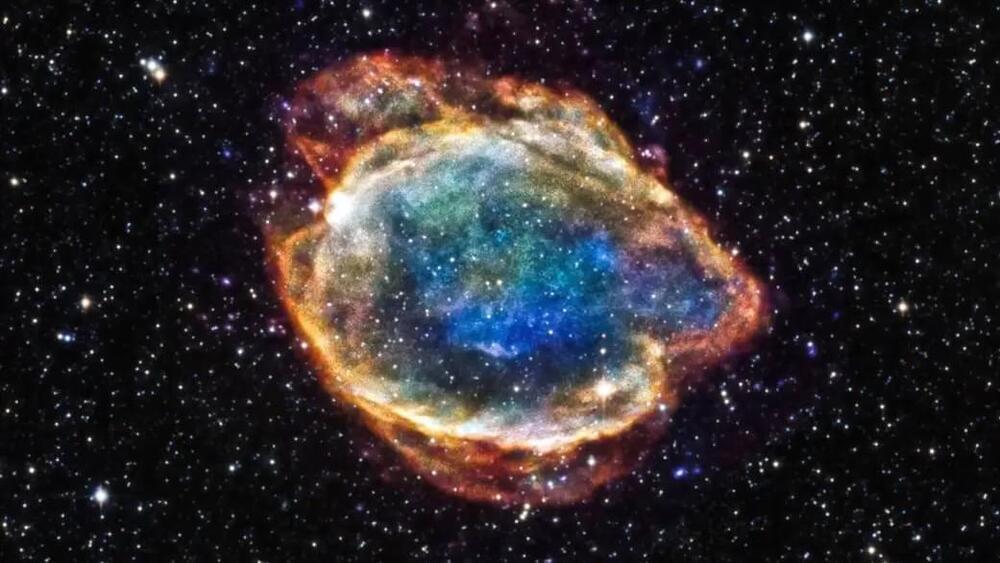
Finally, after more than a decade of work and studying around 1,500 Type Ia supernovas, the Dark Energy Survey has produced a new best measurement of w. We found w = −0.80 ± 0.18, so it’s somewhere between −0.62 and −0.98.
This is a very interesting result. It is close to −1, but not quite exactly there. To be the cosmological constant, or the energy of empty space, it would need to be exactly −1.
Where does this leave us? With the idea that a more complex model of dark energy may be needed, perhaps one in which this mysterious energy has changed over the life of the universe.
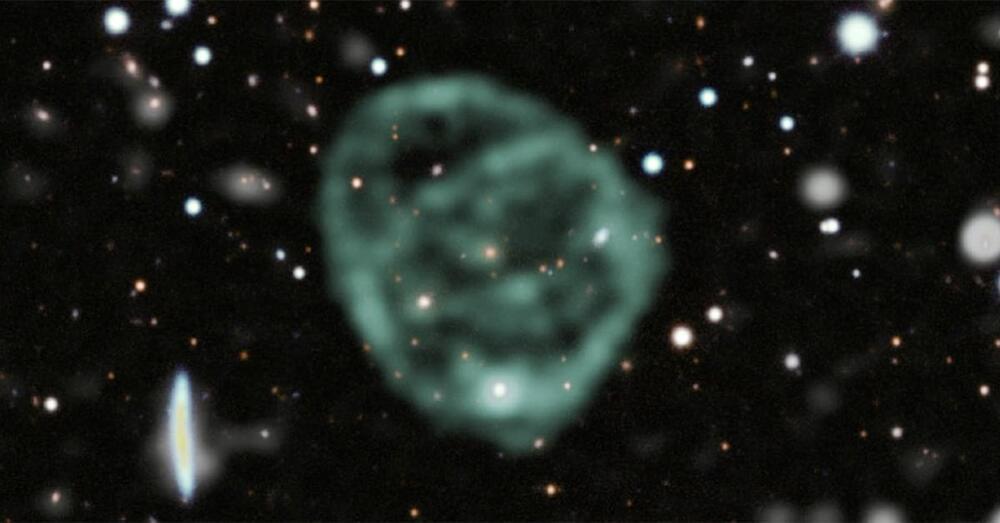
It’s not every day astronomers say, “What is that?” After all, most observed astronomical phenomena are known: stars, planets, black holes and galaxies. But in 2019 the newly completed ASKAP (Australian Square Kilometer Array Pathfinder) telescope picked up something no one had ever seen before: radio wave circles so large they contained entire galaxies in their centers.
As the astrophysics community tried to determine what these circles were, they also wanted to know why the circles were. Now a team led by University of California San Diego Professor of Astronomy and Astrophysics Alison Coil believes they may have found the answer: the circles are shells formed by outflowing galactic winds, possibly from massive exploding stars known as supernovae. Their work is published in Nature.
Coil and her collaborators have been studying massive “starburst” galaxies that can drive these ultra-fast outflowing winds. Starburst galaxies have an exceptionally high rate of star formation. When stars die and explode, they expel gas from the star and its surroundings back into interstellar space. If enough stars explode near each other at the same time, the force of these explosions can push the gas out of the galaxy itself into outflowing winds, which can travel at up to 2,000 kilometers/second.